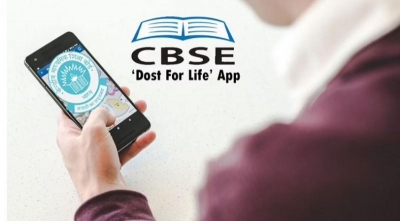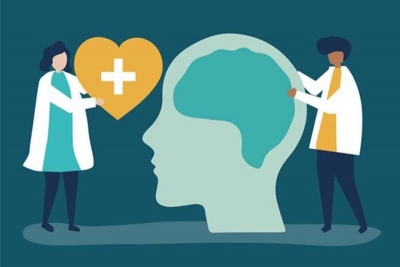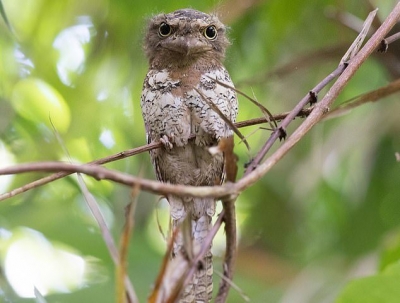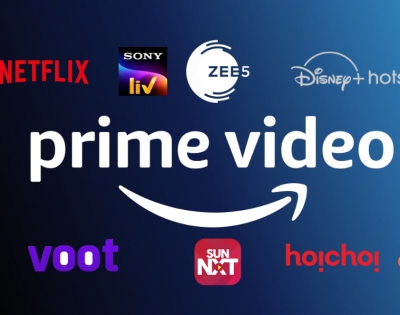What is ‘Dost for life’?

The COVID-19 pandemic and the resultant school closure have affected students in a number of ways. Having been confined to their homes for over a year with no social interaction, reduced physical activity and attending online classes, many students have reported several health issues, from eye strain due to prolonged screen time to anxiety and depression. Keeping these in mind, the CBSE recently launched "CBSE Dost for life", a counselling app to improve the psycho-social well-being of students during the pandemic.
The CBSE began its annual counselling programme through this app on May 10. Earlier, the board was offering counselling to students through a toll-free number.
For older children
The counselling app has been designed to help students of Classes IX to XII of CBSE affiliated schools to deal with depression, anxiety, and more. The CBSE conducts live counselling sessions free of cost for students through the app. The app also provides expert advice, suggestive course guide, tips on mental well-being and information on COVID-19 protocols. The app also addresses issues such as Internet addiction disorder, exam anxiety, and specific learning disability.
Thrice a week
These sessions are held thrice a week - on Monday, Wednesday, and Friday by trained counsellors/principals. There are over 80 volunteers, most of whom are from India and the rest from the U.S., UAE, Nepal, Kuwait, and Japan.
The sessions can be accessed by students and parents of CBSE-affiliated schools around the world. They can choose any of the two slots - 9.30 a.m. to 1.30 p.m. or 1.30 p.m. to 5.30 p.m. - and connect through a chatbox.
Downloadable
The mobile app can be downloaded from Google Playstore on any Android phone. It is reported that the board will extend the facility to other phone users in due course of time.
Picture Credit : Google




